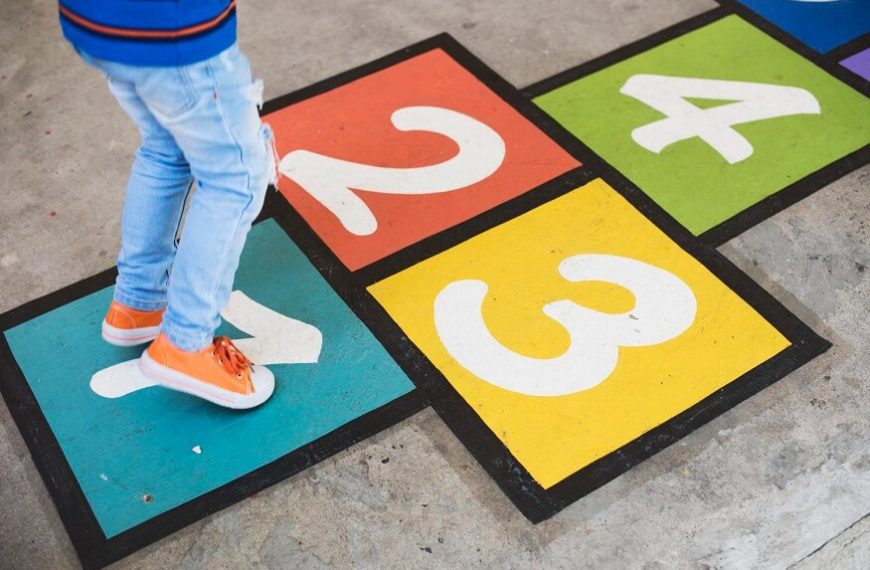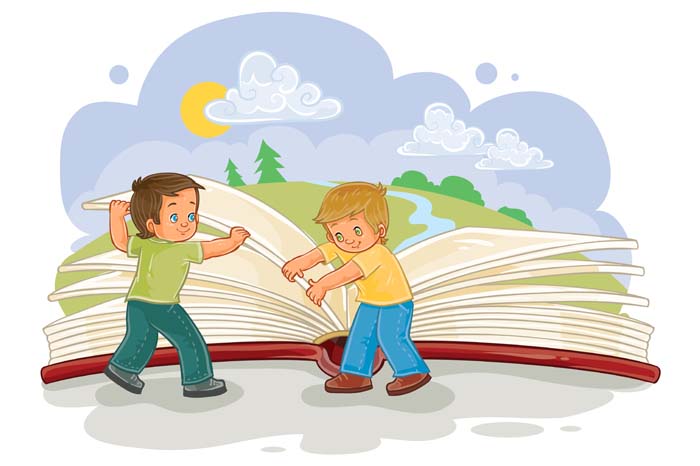Getting your children to fine tune their moral compass every now and then, takes a bit of work. Helping them get in touch with the inner compass that points them in the right direction? That’s a lot easier.
Little children find themselves struggling with directions. Indeed, simple directions like left, right, up and down. Directions all of us adults take for granted.
Teaching directions for kids involves their grasping an essential life skill. If you’re looking at how to teach directions to kids, you’re in a bit of luck. In this article, you will find a most engaging game for kids that will help teach them directions.
Firstly, a look at the importance of directions for children, that will help them follow directions both inside and outside your home.
The Importance of Directions for Children
Each and every parent wants their little one to become independent in due course of time. Teaching children directions puts you one step closer to this goal. This is because, when children learn to give and ask for directions, they gain a sense of confidence in themselves.
It’s important to bear in mind that one needs to take ‘baby steps’ when just setting out to teach their children directions. They have to start with moving ‘left or right or up or down’. Luckily, with some simple exercises, you can help them achieve that ‘situational awareness’ they are silently working so hard to achieve.
Here are some of the more important reasons children should learn directions.
It helps them navigate their environment
Knowing things like ‘left’ and ‘right’ can help children navigate their surroundings, even if it is with those ‘baby steps’.
It is essential for Communication
In the vital process of learning directions, children also get to work on their vocabulary and communication skills. After all, they need to use words like ‘right’ and ‘up’, when describing the location of objects.
It helps them develop their spatial awareness and problem-solving skills
This can be useful to them in many different aspects of their lives.
It helps their reading and writing skills
Many written languages are written from left to right, and this can be really useful for children who are starting out learning to read and write.
How to learn directions: Essential tips to teach kids all about directions
Here are some really cool tips that will help your child hone their sense of direction.
The Name Game
You have to ask your child to name the things that are on a particular surface, and those that are on the floor. This will help firmly ensconced the concept of ‘up and down’ in their minds.
Focus on their Dominant Side
When your little one begins eating or even scribbling, you will soon come to understand what their dominant side is. You need to focus on this, telling them that this is the ‘right’, or ‘left’, side. This is an easy way for them to grasp the concept of left and right. Needless to say, the less dominant side will be the ‘opposite direction’, vis a vis the dominant one.
The See Saw Game
This is a fun way to help children imbibe the concept of up and down. Take them to the park and get them to say the words ‘up’ and ‘down’ loudly, as they go up and down that swing with you.
Simple Sorting Activities
Sorting activities are one of the easiest ways to help children learn the difference between left and right. You could, for instance, ask them to put all their small toys in a pile on the left, and their larger ones to the right. This will help them naturally learn the concept of left and right.
The Standing Up and Sitting Down Game
A great up and down game for kids, this one. Children have to stand up when you say a number, and sit down when you say a letter.
Playing Hokey Pokey with them
Hokey Pokey is a great game to help children understand the difference between left and right. Bonus: This is also great for developing the muscle memory of your little one.
The Up and Down and Left and Right Game: A simple game to teach your child directions
What better game to help teach your kids directions, than one with the simplest ‘directions’!
Age Group
3 to 5 years
Materials required
- A piece of cardboard.
- Push pins of four different colours.
- A sheet of white paper.
- Sketch pens – Black and coloured.
Creating the Game
- Draw arrows on the white sheet. Then, cut them out.
- Colour the arrows in the four different colours of the push pins you have.
- With a black sketch pen, make a straight line on the cardboard, dividing it into two segments – small and big.
- Place 4 arrows in the small division, and the remaining on the larger section.
- Fix each of the arrows in place, using a push pin.
Caution: Push pins should be used only by parents. Further, you want to use thick cardboard to avoid children getting hurt by those pins.
Playing the Game
The arrows in the smaller section are the ‘coding arrows’. What this means, is that the direction of these four arrows will be used to guide the other arrows on the board.
It’s time to begin playing the game. Rotate the coding arrows in any direction. Now, the objective of the game is quite simple. Your child has to match the direction of each arrow in the larger section, with the coding arrow of the corresponding colour.
You can take the ‘challenge quotient’ of this game a few notches higher, and have your child compete with their friends or siblings, as you time them to see who gets those directions right, in the fastest possible time.
At EuroKids, teaching directions is naturally a part of our curriculum. However, we encourage you to walk the extra mile where it comes to help your kids learn the same. After all, practice does indeed make perfect.














